Whats does SDR/BDR/AE mean in sales?
SDR/BDR/AE model
.jpg)
Gartner1 research suggests that "over the next five years, an exponential rise in digital interactions between buyers and suppliers will break traditional sales models"
In recent times, there has been a lot of chatter around the potential of AI and ChatGPT to revolutionise industries and enhance productivity.
One particular area that stands out as a prime target for disruption is go-to-market strategy and execution, along with the role of Sales Development Representatives (SDRs).
The sales industry is witnessing a notable shift from specialised roles, such as Sales Development Representatives (SDRs), towards full-cycle sales positions. Over the past 18 months, there has been a 12% decrease in the number of active SDRs, indicating a decline in these specialised roles. Source: R Koleta
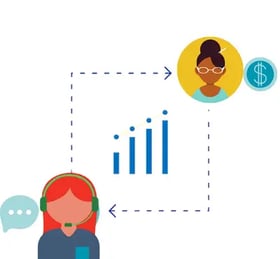 Why is it important to look closely at the SDR Role? Well, the inception of the SDR role took place approximately two decades ago, and at the time, it made perfect sense...
Why is it important to look closely at the SDR Role? Well, the inception of the SDR role took place approximately two decades ago, and at the time, it made perfect sense...
Gathering prospect data and contact information was a daunting task, so having a dedicated role to construct databases, reach out to potential buyers, and screen/qualify them alleviated the burden on Account Executives (AEs). This approach enabled AEs to focus on qualified meetings, leading to a higher number of closed deals.
Back then, email overflow was not a concern, people actually picked up their phones and the internet did not hold the same level of dominance as it does today in the purchasing process.
AEs were regarded as sales experts and collaborating with SDRs to increase meeting quantities proved to be advantageous.
The B2B Sales landscape is very different today, with most buyers frustrated with the SDR/AE experience and most SDRs struggling to get consistent results. This naturally leads to the old SDR/AE model becoming obsolete.
As organisations strive to streamline their tech stack and optimise their operations, previously deemed essential roles are now under scrutiny. Sales teams that experienced tremendous growth and success just a year ago are now confronted with new challenges.
There is a growing argument that relying on the least experienced, least resourced and least supported members of the sales team to handle the responsibility of opening deals may not be the most effective approach.
As costs rise and returns diminish, along with a less-than-optimal customer experience, the drawbacks of the SDR role often outweigh its advantages.
Current base and OTE earnings for an SDR: Source Repvue

The headline news is buyers are smarter and harder to reach. One of the most remarkable changes in recent years is the astounding level of buyer education. Nowadays, buyers almost always come prepared with a wealth of information (Gartner B2B Buyer Report) conducting thorough research on products and services well before engaging with a sales representative.
This shift has raised the expectations of sales representatives, with buyers now demanding a depth of knowledge that goes beyond mere product specifications. While being an expert in the product is still crucial, it is now considered the bare minimum.
Buyers desire salespeople who possess industry knowledge, understand their business challenges and can demonstrate how their products and services solve similar challenges for other companies.

Conversion rates for traditional outbound methods, such as emails and calls, have witnessed a decline across various industries: Gartner. Buyers have become accustomed to receiving a deluge of generic communications, rendering them immune to these conventional approaches.
Consequently, SDRs are encountering difficulties in securing the same number of high-quality meetings. This decline not only affects revenue but also has a negative impact on customer acquisition costs (CAC) payback.
Let's delve into the underlying reasons behind this trend in more detail.
Productivity: The new working norms include remote and hybrid working, a move away from a traditional office environment to remote work which is also having a significant impact on the productivity of SDRs. While it's true that the conversion rates for phone outreach have decreased, there is also a decrease in overall productivity when you're no longer surrounded by colleagues who can provide guidance and motivation.
In the past, SDRs were primarily concerned with meeting activity metrics and reaching out to a specific number of accounts or buyers based on general ICP data collected over time. Due to the manual nature of pulling results, the most effective way to manage this was through a combination of targeting and activity.
However, with the advancements in technology, we now have the ability to score and prioritise accounts/leads, which means our focus should shift towards generating high-quality opportunities instead of simply engaging in activity.
This shift in focus is better suited for AEs who can leverage their expertise to convert these opportunities effectively.
Resources: With the evolution of technology and the integration of AI, the role of the SDR has undergone a remarkable transformation. No longer confined to constructing databases and manually reaching out, SDRs have become proactive powerhouses armed with precise data and productivity tools.
These innovative tools, powered by AI, assist in prioritisation and automation, gradually eliminating the limitations imposed by resource constraints. HubSpot Sales Hub is a good example of Sales Automation software leveraging AI to deliver higher productivity for sales teams.
Demand Generation and Lead Generation Channels: The effectiveness of cold outreach through email and phone has seen a decline in conversion rates, but the approach of warm outreach, which is based on buyer intent, has proven to be successful.
In today's market, buyers prefer to conduct thorough research, test products or services and engage when they feel ready to make a decision.
With the wider accessibility of AI, the SDR role and the overall go-to-market team are set to undergo a fundamental transformation. The current tools can now be enhanced to accurately prioritise and recommend accounts based on existing customers, enabling personalised outreach by gathering relevant data and context.
These advancements allow for the conversion of these interactions into qualified meetings, eliminating the necessity for an AE to rely on an SDR. Instead, they can rely on an intelligent assistant that identifies and contacts the most suitable buyers at the optimal time, continuously improving its capabilities with each interaction.
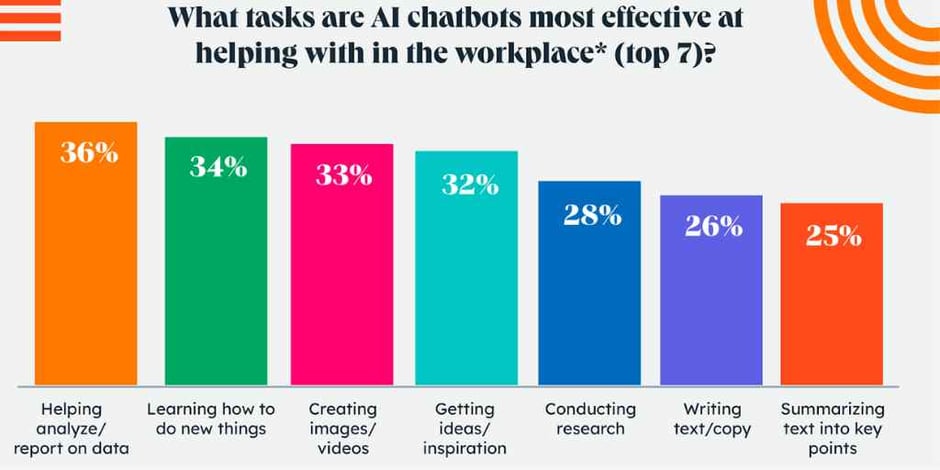
Source: HubSpot Consumer Trends Report May 2023
We can expect to see continued high adoption rates of sales and marketing automation technology, like HubSpot and Expandi as well as ever-increasing use of AI, predominately for research and data analysis. Of course, SDRs will need to adapt to be successful.
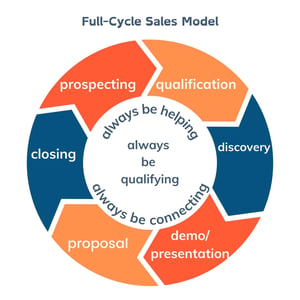 With a more competitive environment, smarter buyers and hard to reach prospects, there is no doubt it will be tough going. These challenges might explain the high churn rate of SDRs.
With a more competitive environment, smarter buyers and hard to reach prospects, there is no doubt it will be tough going. These challenges might explain the high churn rate of SDRs.
Or, maybe it's tensions related to goaling or maybe friction between SDRs and AE players or perhaps the challenges with being successful in an SDR role. All of these factors play their part.
Having SDR teams offers a significant advantage by providing the opportunity to foster and develop a pool of exceptional Account Executive (AE) talent. However, due to the increasing churn rates, this advantage is diminishing.
Considering the shift towards Full Cycle Sales where salespeople are focused on generating high-quality opportunities with the support of AI technology, it begs the question: what will happen to the SDR role?
Will the SDR role become a thing of the past or morph into something else more valuable?
If you have a top-performing SDR, make them an AE and give them the necessary training and support to be successful as they move into a full cycle sales role.
Delivering a more rewarding career for salespeople and an improved buyer experience, this new model is likely to be the way forward for many sales teams.
Without a doubt, full-cycle sales is poised for a big comeback, in fact, there are already a huge number of companies that have made the move
If you're interested in switching to full-cycle sales and have questions about how to make the transition, we are happy to have a no-obligation chat to help you understand if it's the right move for your business.
Get in touch to set up a call with one of our team.
Well, that depends on a number of factors, such as how much experience you have and if you are willing to try something new in sales or you are looking to move into a new industry or something completely unrelated...
SDRs with a successful track record of meeting their targets and keen to make a move to further their sales career should consider moving into a full cycle sales role with an organisation that can support them as they grow in skills and business acumen.
In our blog article what does full cycle sales experience mean? we discuss how SDRs can take on a full cycle sales role as junior reps. Start off with smaller deals and lower-value products, getting a taste of the success and closing their own deals.
As your experience develops you will strive to mastered these four sales skills;
For further information on this topic read our article here - what is full cycle sales
There are various Sales Methodologies utilised in B2B Sales. It is essential to research and choose one that aligns with the size of your sales team and typical deal size. Selecting a methodology designed for large complex deals may not be suitable if you operate outside of the enterprise space.
Our blog article on the Top 12 B2B Sales Methodologies offers a detailed overview of 12 popular options, as well as 3 Qualification Frameworks to ensure you stay well-informed!
Our Sales Consulting Services are designed to help you do just that!
Moving to a full cycle sales model provides an opportunity to align your sales process with the buyers journey and that's a great place to start!
From tweaking the tech stack, mapping new processes and creating new playbooks, we are here to help make the transition as hassle free as possible.
Take your prospecting up a notch and use automation in your Social Selling with a fully LinkedIn-compliant automation tool like Expandi
.webp?width=450&height=257&name=expandi%20logo%20(1).webp)
Tune in now to a recent Unicorny Podcast with our Head Honcho, Peter Russell-Smith where he joins Podcast Host Dom Hawes in talking about profitable growth in a challenging market,
pin your ears back and get your notebooks out for a cracking podcast!
Sales Consulting Services are a valuable resource for businesses looking to boost their sales and maximise profits.
Our Skilled sales professionals with relevant industry expertise and strategic know-how collaborate closely with you to evaluate their current status, pinpoint areas for enhancement, and offer tailored strategies for sales growth.
If this is something that could benefit your business, get in touch to discuss with one of our experts today.
Gartner One Minute Insights on SDR Role
What does full cycle sales mean?
What are the top internal barriers to growth?
Winning Big Deals: the Sales Playbook
Using POV to win large Enterprise deals
Align your sales process with the buyer's journey
All you need to know about Sales Hub
Why Use Multi-Threading in B2B Sales?
Google Ads and PPC
Complete Guide to Generating B2B Leads
How IT Services companies can grow their business
Maximising early funnel with Expandi's LinkedIn Automation solution
Elevating Customer Service: Unlocking the Secrets to Top Quality Service
1. Gartner report on B2B sales interactions and buyer preferences
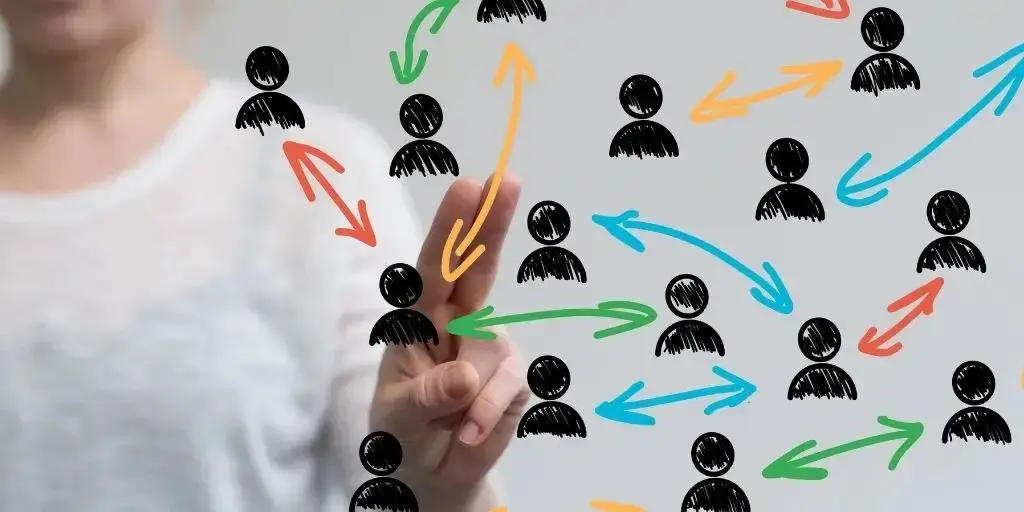
4 min read
Full-cycle sales model: Why it's so much better for customers
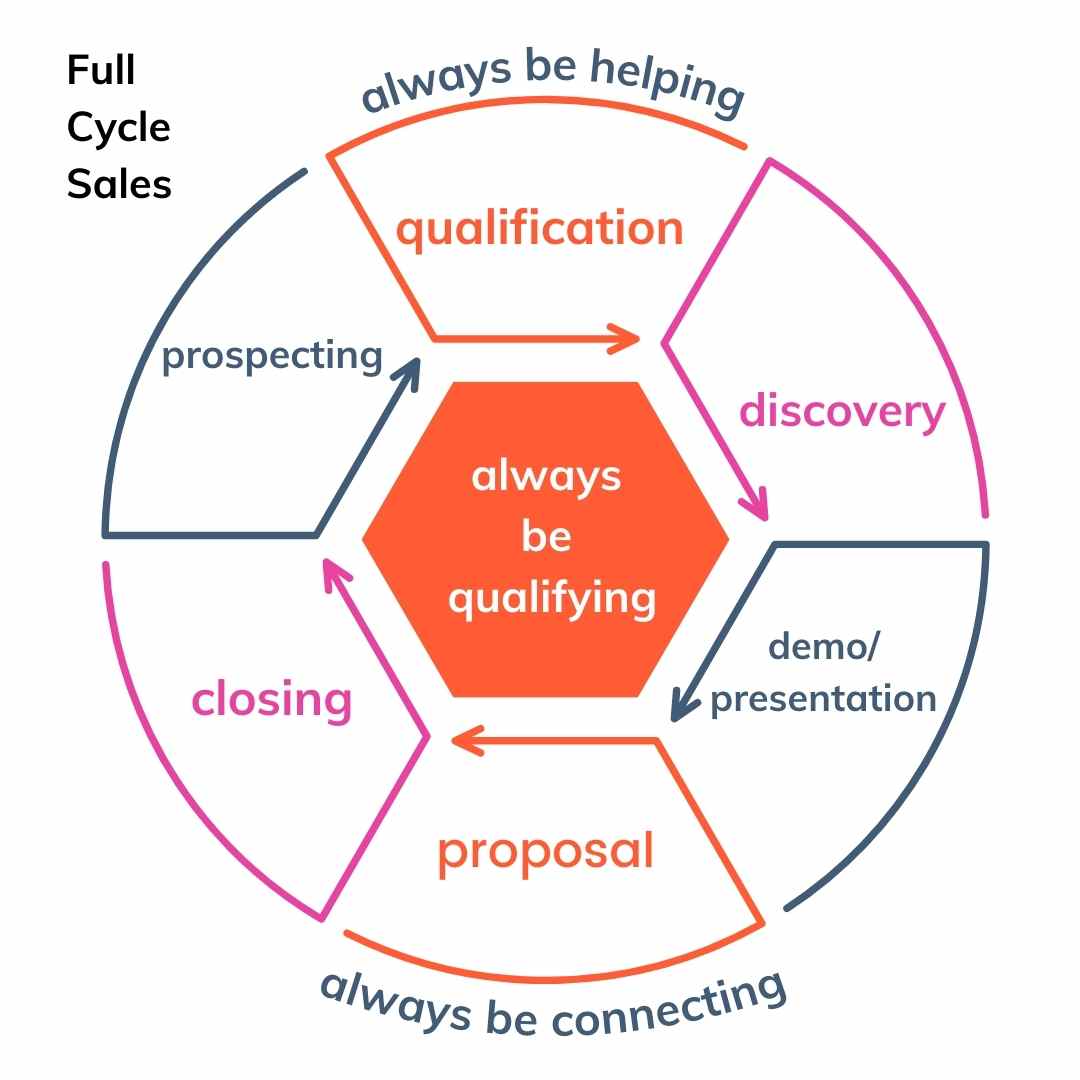
Curious about Full Cycle Sales? Full-cycle sales is a sales model that requires the salesperson to prospect all of their leads and manage the deal...